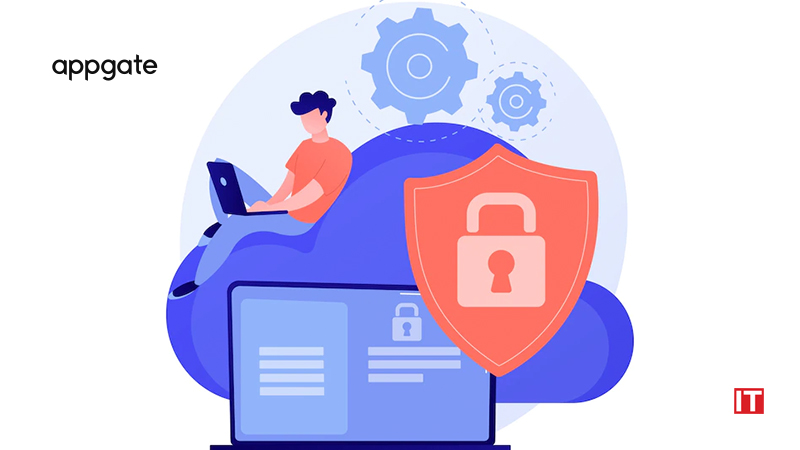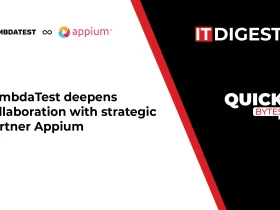Appgate , the secure access company, unveiled Appgate SDP 6.0, the latest version of its industry-leading Zero Trust Network Access (ZTNA) solution. The new version features a new risk model capability that will enable customers to extend the value and reach of their existing enterprise security tools to simplify and accelerate their Zero Trust deployments.
“While Zero Trust is becoming more widely adopted, many organizations have very complex IT environments, including a wide range of already-deployed security tools, and it can be difficult to know where to begin,” said Jawahar Sivasankaran, President and Chief Operating Officer, Appgate. “The user-friendly risk model in the latest version of Appgate SDP will help organizations get the most out of the cybersecurity investments they’ve already made, while bringing these tools forward into a Zero Trust security model. We’re focused on continually innovating our solutions to help our customers simplify their cybersecurity journeys, accelerate progress and scale as their IT infrastructures evolve.”
Appgate SDP 6.0’s new risk model capability will enable customers to assign high/medium/low sensitivity levels to specific workloads and resources. It will provide a simple, flexible way to measure user/device risk at sign-on—via security tools they already have in place—against the sensitivity of the resource they are trying to access. The risk model will then dynamically adjust access rights based on the risk score.
Also Read: Comtech Awarded a 5G Contract with a Tier-One Mobile Network Operator in the Kingdom of Saudi Arabia
For example, if a user behaves in a way that has been deemed high risk by the organization’s endpoint management system (i.e., trying to access a resource at 3 a.m.) and the resource has also been classified as highly sensitive, the access would immediately be blocked, and the user would receive a notification with actions to take. Or, if the user behavior and resource are both classified as “medium” risk/sensitivity, then additional user action (i.e., multi-factor authentication) may be required to allow access, whereas a “low” risk/sensitivity score would result in immediate access.
“Advancing Zero Trust maturity is an iterative, multi-year process, but that doesn’t mean that you can’t make real progress in a relatively short period of time,” said Jerry Chapman, engineering fellow at Optiv. “A solution like Appgate SDP can provide organizations with the flexibility they need to easily integrate into their cybersecurity stack and simplify the process of defining risk parameters for secure access.”


































